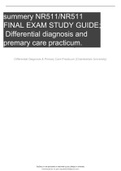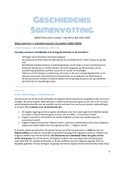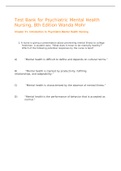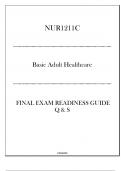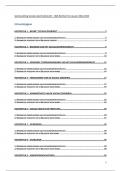Zusammenfassung
Criminality, Cognition and Personality - Summary, Tilburg University
- Kurs
- Hochschule
- Book
A summary of the course Criminality, Cognition and Personality. The summary consists of the lectures given. All the book chapters were read and did not add anything new. If you have any questions, you can message me :)
[ Mehr anzeigen ]






